Tennis may look straightforward, but it’s a sport that’s both physically and mentally demanding. Whether you’re running across the court, twisting for a swing, or extending on your serve, you’re getting a full-body workout.
“Most people start playing tennis to get in shape,” says Ajay Pant, Life Time’s national tennis director. “But you actually have to get in shape to play tennis.”
To improve your game, Pant recommends supplementing your tennis regimen with time in the gym — but not for weight loss or larger muscles. Instead, focus on full-body gym workouts that build strength, explosiveness, flexibility, agility, conditioning, and speed.
The multidimensional sport requires your body to work in sync so you transfer kinetic energy from the ground up, starting with the legs and moving through the torso.
Justin Baker, a veteran tennis coach at Life Time and former U.S. Tennis Association competitor, agrees that leg and core strength — not arm strength — are the engines of a tennis player. In fact, many wrist, elbow, and shoulder complaints can be attributed to overly taxing the arms by not properly using the quads, glutes, and core.
Because tennis is aerobic and anaerobic and involves quick stop-and-go action, experts also recommend speed drills. The following exercises will help keep you at the top of your game.
Tennis Training and Techniques
Drill 1: Back Squats
“Tennis players have to work the main power groups of their lower body,” Baker says, and back squats are a good way to do it. The move also places more load on the glutes and hamstrings than other squat variations. Working the posterior chain is particularly helpful because tennis is such a front-loading sport.
- Place a bar in a squat rack at shoulder height. Facing the bar, take an overhand grip slightly wider than shoulder width. Duck under the bar so it rests across your shoulders, on your traps (the meaty part of your upper back); keep your feet directly below the bar. Lift the bar and step back.
- With feet slightly wider than shoulder width, bend your knees and hips and sit back as low as you can, aiming to get your thighs parallel to the ground (but going only as far as your range of motion allows); keep a slight arch in your lower back. Slowly stand up, and repeat for three sets of eight to 10 reps.
- Maintain an upright torso throughout the movement and avoid falling forward by driving up from the bottom of the back squat.
Avoid maxing out with heavy weights; instead emphasize more reps with lower weights. (For more details on proper squatting form — and additional squat variations — visit “Break It Down: The Squat.”)
Drill 2: Rotational Med-Ball Wall Throws
This move works on the rotational action and powerful leg-and-hip drive that mimic a ground stroke. “Building strength throughout that twisting range of motion is crucial,” says Baker.
- Stand with one side of your body facing a wall, about 5 feet away, holding a light medicine ball. Pivot on your feet to rotate away from the wall.
- Switch directions, driving through your lower body and pivoting to throw the ball against the wall. The throw should be dynamic, hips moving like a cracking whip.
- Let the ball drop or catch it on the bounce, then repeat for three sets of 10 reps per side.
Drill 3: Interval Sprints
Tennis involves directional changes and quick pivot action, so speed work will help your performance on the court.
- If you’re on the court, practice running explosively in different directions (backward and forward, side to side).
- Off the court, perform three to five 25-second sprints followed by 20 seconds of recovery.
- If you don’t want to fuss with timing each set, sprint once for 20 seconds, noting your start and stop points. Then sprint forward and walk back to the start point, repeating for three to five sets.
Train Your Brain
Tennis can be a frustrating sport, but Ajay Pant, Life Time’s national tennis director, recommends embracing that challenge. Pay attention to mental blocks or patterns that hinder your performance. If you tend to get nervous and double-fault, for example, work on replicating those high-stress situations and your reactions.
This type of training doesn’t focus on your stroke or movement mechanics. Rather, it homes in on what’s going on in your head. Imagining, replicating, and reflecting on difficult situations with a coach or a training partner can be just as useful as working through flaws in your technique.
Gear Essentials
Asics Court FF

Lateral (side-to-side) stability is what separates true tennis shoes from cross-trainers and running shoes. Pick up a pair of these shoes to avoid rolling or injuring your ankles — and get them properly fitted. $170 at www.asics.com.
Babolat Racquet
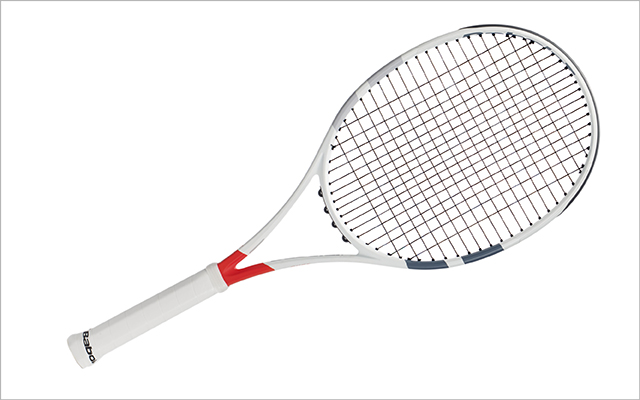
Test-run prospective racquets to ensure a firm grip (no overlapping fingers) and weight you can handle with ease. This full-package option is great for strikers looking to build power, speed, and precision. $199–$209 at www.babolat.us.
Babolat BackPack
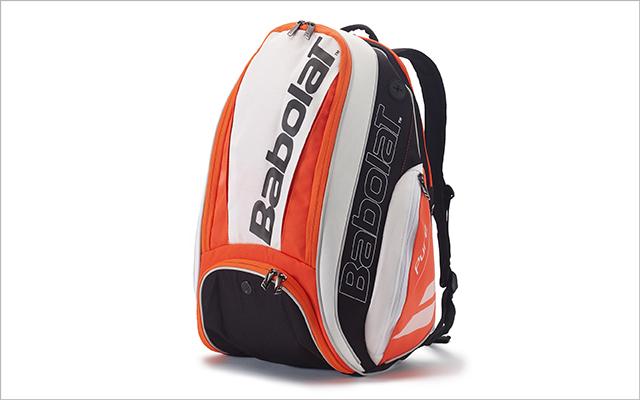
This purpose-designed back-pack replaces a racquet bag. It includes a spacious main compartment for a racquet and other gear, plus ventilated pockets perfect for stashing sneakers or sweaty clothing. $75 at www.babolat.us.
Thera Cane Massager

Tennis can leave even the fittest player feeling wrecked from head to toe. The Thera Cane can help you work out the kinks in parts of your body that foam rollers and lacrosse balls can’t reach. $29–$40; www.theracane.com.
This article originally appeared as “Game, Set, Match” in the April 2018 issue of Experience Life.
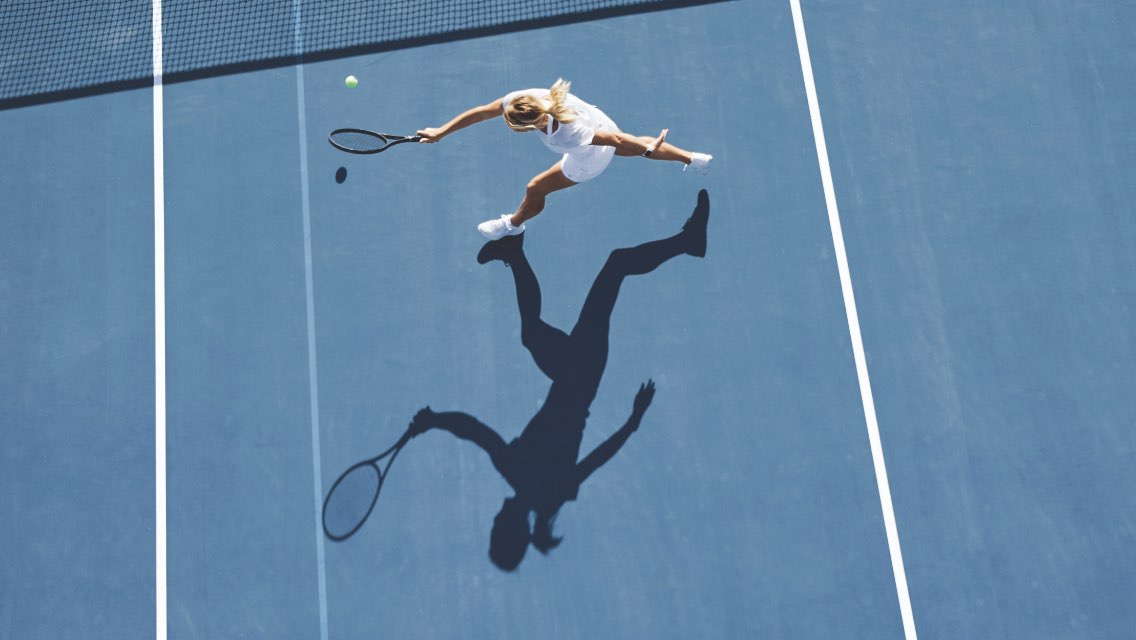
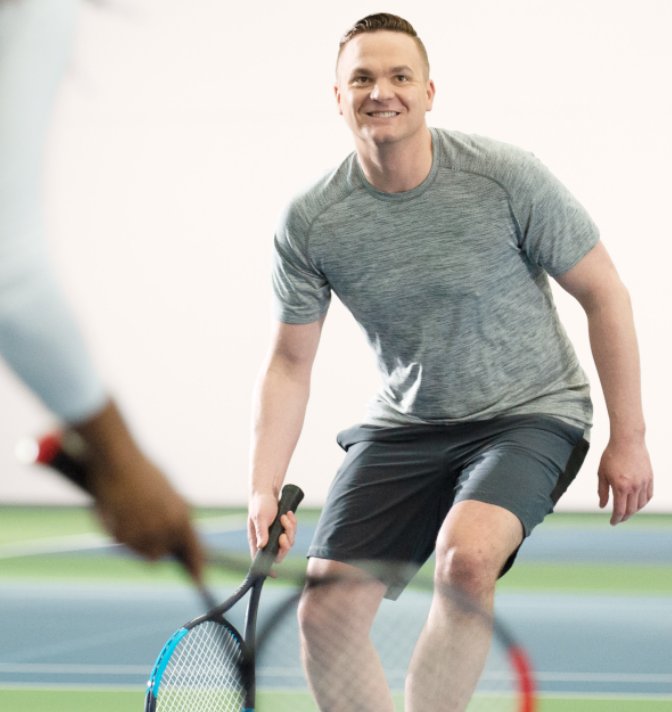


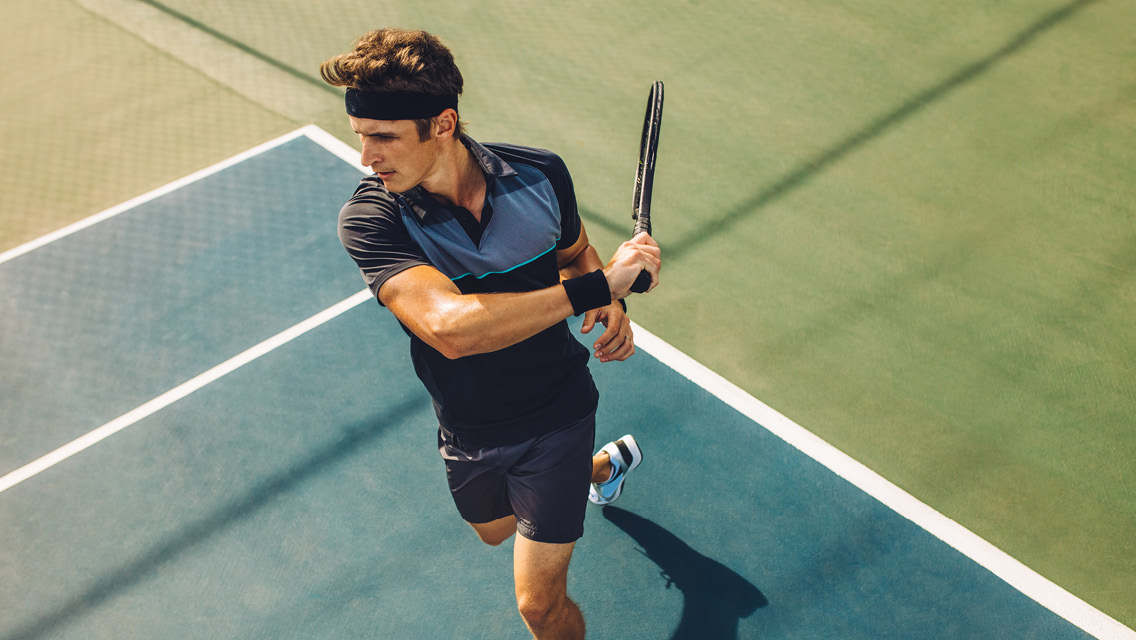
This Post Has 0 Comments